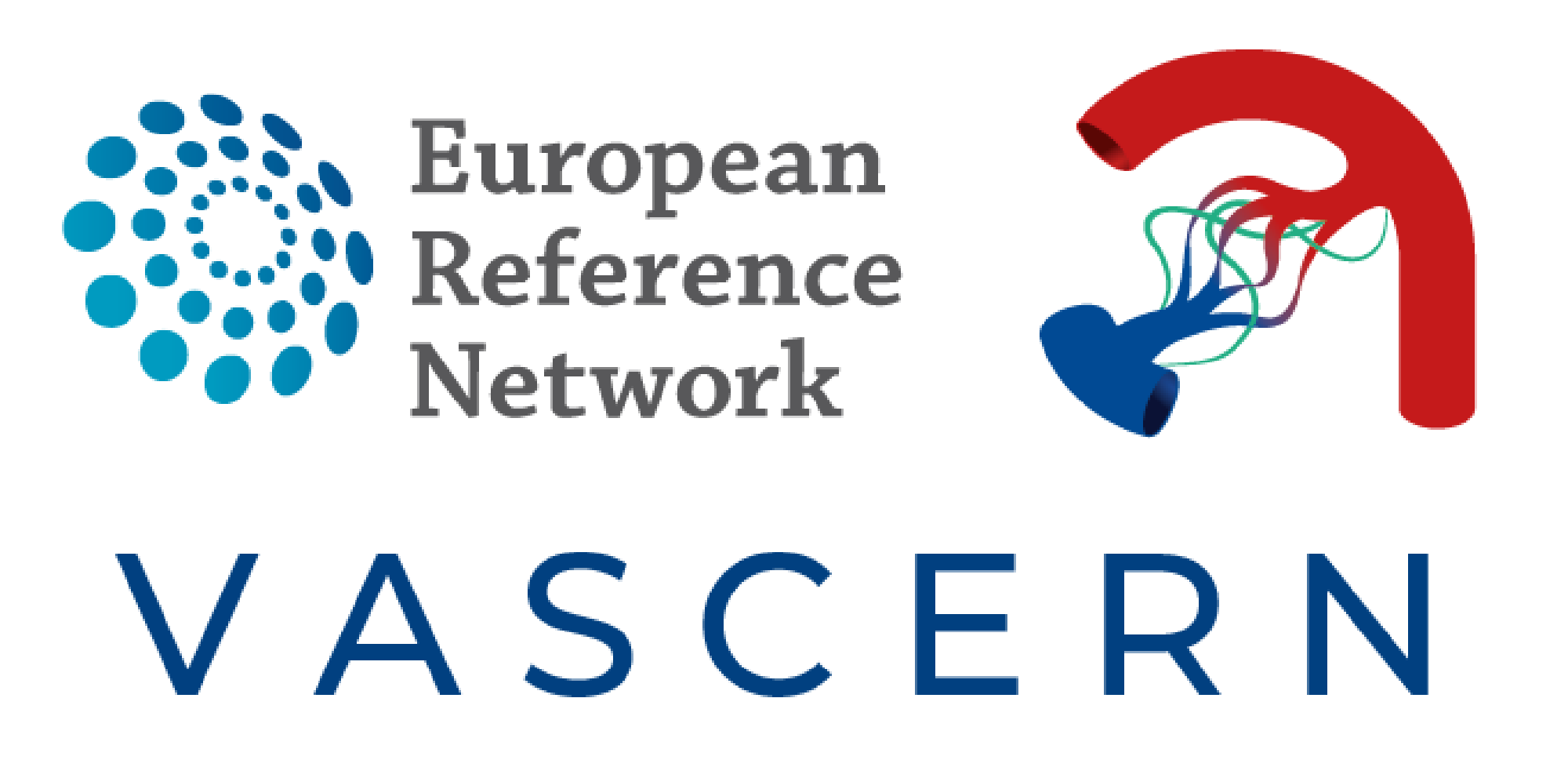Diseases covered
The Neurovascular Diseases Working Group (NEUROVASC-WG) takes care of two main diseases: Cerebral autosomal dominant arteriopathy-subcortical infarcts-leukoencephalopathy (CADASIL) and Moyamoya Disease.
Cerebral autosomal dominant arteriopathy-subcortical infarcts-leukoencephalopathy (CADASIL)
CADASIL is a hereditary cerebrovascular disorder in which blood vessel walls thicken and blocks the flow of blood to the brain. A Notch3 gene mutation alters the muscular walls in these small arteries. It is characterized by the mid-adult onset of recurrent subcortical ischemic stroke and cognitive impairment advancing to dementia, as well as migraines with aura and mood problems occurring in approximately one-third of patients.
Moyamoya Angiopathy
Moyamoya Angiopathy is a rare and progressive cerebrovascular disorder caused by blocked arteries in the basal ganglia, located near the base of the brain. Children are the most commonly affected by this disease, however, adults can also be affected. Stroke or recurrent transient ischemic attacks is typically the initial symptom of Moyamoya in children and it is often followed by muscular weakness or paralysis on one side of the body. Adults may also experience identical symptoms as a result of blocked arteries, but hemorrhagic stroke is more common as a result of bleeding into the brain.
| Sub-thematic areas of expertise | Rare of complex disease(s) or condition(s) or highly specialized interventions | Code/ICD/Orphacode/Group of Codes | Incidence (Number of cases/year) in the EU | Prevalence (in the EU) |
|---|---|---|---|---|
| NEUROVASC | Cerebral autosomal dominant arteriopathy-subcortical infarcts-leukoencephalopathy (CADASIL) | ICD-10: I67.8ORPHA136 | estimated to be 1/50 000- 1/25 000 | |
| NEUROVASC | Moyamoya Disease | ICD-10: I67.5ORPHA2573 |
